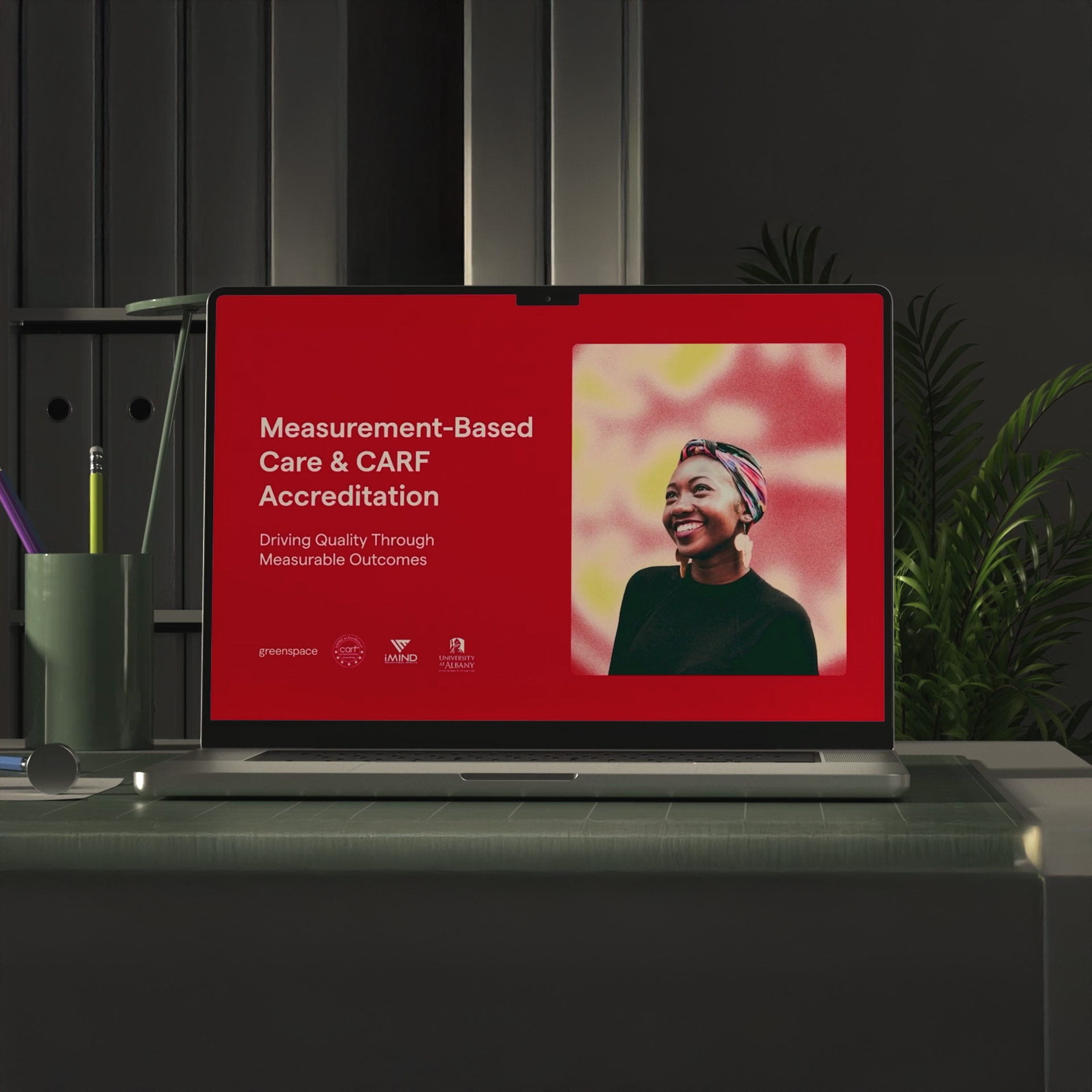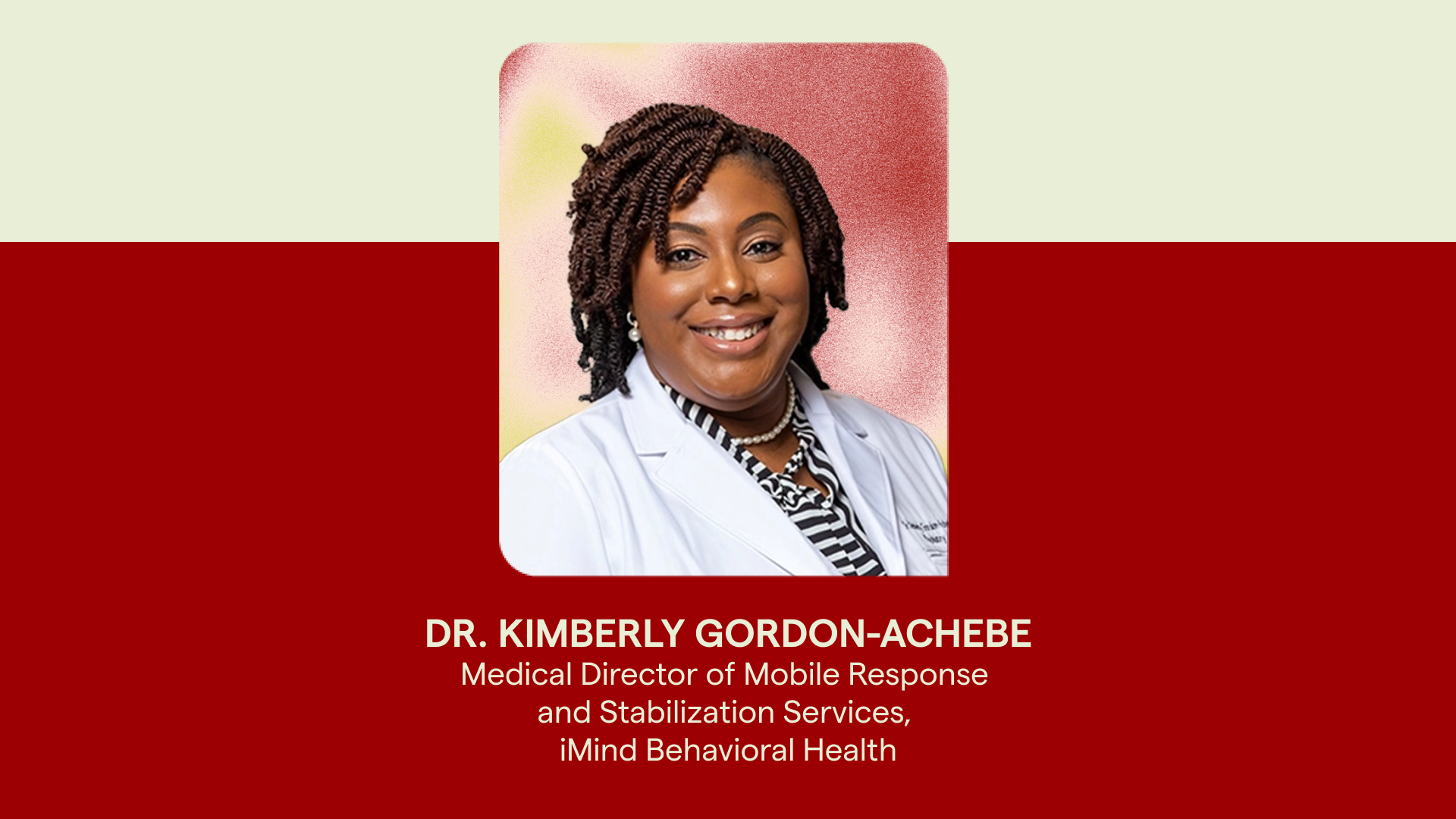
Overview
In April 2020, Greenspace Health partnered with Health Canada, Stepped Care Solutions, Homewood Health, and Kids Help Phone to create and launch Wellness Together Canada (WTC)—a groundbreaking platform powered by Greenspace’s Population Health technology, providing free online mental health resources to all Canadians.
WTC ensured that all Canadians could easily access support and feel empowered to track and better understand their mental health challenges and needs. Four years later, with over four million Canadians served, the impact is clear.
Background
As COVID-19 sparked a global public health emergency, Canadians were facing significant mental health challenges. Stress levels soared, and symptoms of depression and PTSD became more widespread, disproportionately affecting women, young people, 2SLGBTQ+ communities, low-income populations, and those with pre-existing mental health or substance use concerns.
In response, the Canadian government launched Wellness Together Canada just one month into the pandemic. This free, online platform was designed to connect Canadians with vital mental health resources and services. Its goal? Enhance access to resources and services for all Canadians and prevent the development of acute crises, while gaining deep insight into the country’s mental health challenges to inform the continuous improvement of available mental health supports.
The Impact of WTC

The WTC Model
Built on the foundation of the transformational impact of Measurement-Based Care (MBC) in clinical settings, Wellness Together Canada (WTC) applied the mechanisms of action of MBC in a self-guided population health setting. With personalized resources and mental health tracking, WTC users could better understand, engage in, and proactively manage their mental health.
- Improved Care Navigation: With a comprehensive library of mental health resources, educational content, and services all housed in a single platform, users are empowered to access the care that best suits their needs, with the flexibility to ‘step-up’ to higher-acuity services when needed. This approach eases the burden on in-person and crisis services, lowers overall care costs, and enables individuals with mild to moderate challenges to take proactive steps toward improvement. By helping users proactively manage their mental health, we reduce the onset of acute challenges and help ensure services remain accessible for those who need them most.
- Recurring Mental Health Self Assessments: Regular self-assessments help increase user retention and boost engagement. Additionally, outcome data shows a strong correlation between the number of assessments a person completes and positive symptom improvement.
- Evidence-Based Decision Making: As a direct result of users completing bi-weekly patient-reported outcome measures (PROM’s), health systems are equipped with the usage and outcome data needed to better understand their population’s needs, reduce their overall costs of care, and drastically improve the quality of their mental health supports and wellness strategies.
Before WTC
By offering Canadians an easy to access and comprehensive library of preventative, upstream and self-guided resources, WTC was expected to enhance access to resources and services, improve user symptoms and reduce healthcare costs related to poor mental health:

How did people discover WTC?
Throughout the four years of this implementation, significant efforts were made to promote awareness of WTC, ensuring Canadians knew where to find and access mental health resources and services.

The Results
With over 4 million users, there is much to be learned from WTC regarding usage, retention, resource effectiveness, and the overall impact of a population health platform.
The objective, population-level data generated drove a deeper understanding of overall population wellness, helping to identify which resources and services are most impactful, and the gaps in support for underserved or at-risk groups. These insights informed the continuous improvement of mental health services and resources available to Canadians.

The Results: Data to Drive Iteration and Program Improvement
1. A self-guided, population health platform can effectively support a range of demographics and groups.
WTC was designed to serve all Canadians, regardless of background, age, geography, race, gender, or sexual orientation. As a result, WTC users were closely aligned with the Canadian census and significant symptom improvement was seen across all demographics.

2. An online, self-guided solution with a comprehensive ecosystem of resources and services helps address gaps in the mental health system while reducing pressure on high-demand services.

WTC effectively diverted many users from high-demand services, ensuring they accessed the most appropriate care options for their specific needs. 
1 in 4 users reported they would have taken no steps to address their mental health if WTC had not been available. WTC filled an important gap and encouraged people to take proactive steps to improve or maintain their mental health.
Types of Resources Accessed by WTC Users
WTC users had a wide range of preferences regarding the types of mental health services and resources they chose to utilize. The majority, however, showed a strong interest in self-guided options, such as e-mental health educational tools and regular mental health assessments.
3. It is vital to provide users with access to mental health supports outside of business/school hours, ideally 24/7.
Unlike many in-person services, WTC was available to users all hours of the day. This proved important as more than half of users accessed the platform outside of regular business/school hours.

4. Regular self-assessments are correlated to positive symptom improvement in a self-guided setting.
Consistent with research and implementation outcomes for MBC in clinical settings, WTC data demonstrates a strong correlation between the number of assessments a user completes and their likelihood of achieving greater symptom improvement.

5. Regular self-assessments boost engagement and retention, foster resilience, and strengthen mental health awareness.
Assessments help users gain a deeper understanding of their mental health and identify factors positively or negatively affecting their symptoms. They also enhance retention by providing regular prompts for users to return to the platform and engage with available resources.

Most mental health apps and online services struggle to maintain user engagement over time. A 2019 systematic review11 conducted on 93 mental health apps found a median 15-day retention rate of approximately 4% of total users and a 30-day median retention rate of 3% of total users.
In comparison, WTC achieved 15 and 30-day retention rates of 46% and 43%, respectively. Most importantly, MBC serves as the primary driver of retention, with 93% of users who returned within 30 days doing so as a direct result of receiving their assessment reminders.
6. With it’s comprehensive library of easily accessible resources, WTC achieved significant healthcare cost savings.
Throughout the four years WTC was available to Canadians, an estimated $11M-$36M was saved through a reduction in visits to primary care, walk-in, emergency room, and community health services.

11. Baumel et al., 2019; 12. Dawson & Zinck, 2009; 13. Ontario Ministry of Health, 2023; 14. Ontario Ministry of Health, 2023; 15. Jacobs et al., 2010
Key Learnings: What WTC Accomplished
WTC delivered transformative results throughout the initiative, showcasing the impact of a self-guided population health approach to address critical challenges across health systems:
- Significantly improved awareness and navigation of mental health resources and services, ensuring individuals access the right support at the right time.
- Increased engagement with proactive and preventative mental health resources, helping to address users challenges before they escalate.
- Empowered users with a deeper understanding of their mental health, enabling them to make informed decisions and take more agency over their care decisions.
- Achieved measurable symptom improvement across demographic groups, demonstrating the effectiveness of the platform across diverse populations.
- Generated actionable usage and outcome data, driving continuous innovation and improving system-level mental health strategies and supports.
- Optimized resource utilization and reduced reliance on high-demand crisis services, significantly lowering overall healthcare costs, while improving care accessibility.
When applied across health systems, our Population Health Platform can drastically improve the quality and impact of available supports and resources for all individuals, setting a new standard for population-level mental health support.
To learn more about our Population Health Hubs or to dive deeper into the impact they’re having across North America, book a call with one of our implementation experts or reach out anytime at info@greenspacehealth.com.













